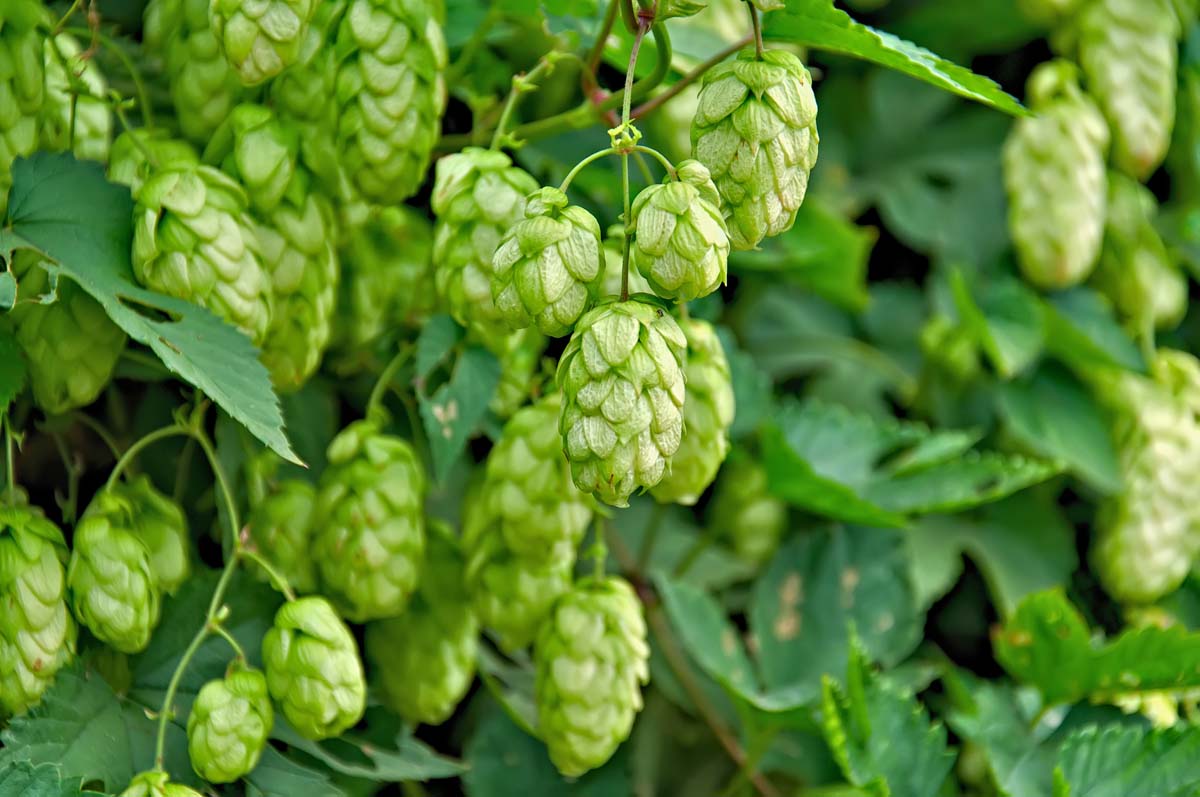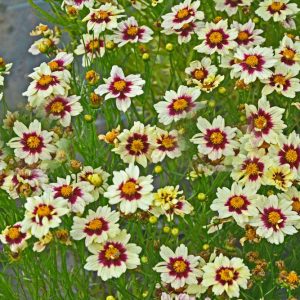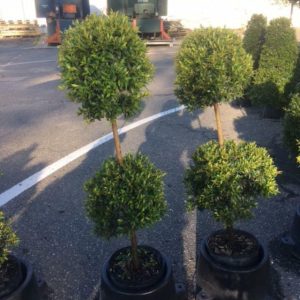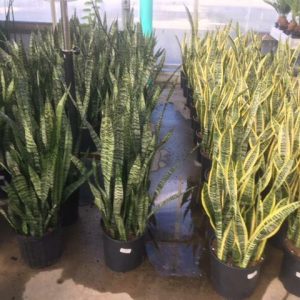Description
Humulus – Hops – Hop –
There are 2 species of herbaceous perennial, with twinning stems, in this genus. They are widely distributed and naturalized in woodland and hedgerows in North Temperate regions (their exact country of origin is unknown). The cultivars are grown for their brightly colored foliage, which may be golden or attractively variegated. The leaves are opposite and palmately 3 to 7 lobed or heart shaped, with large, broadly ovate to rounded lobes. Small male and female flowers are borne on separate plants in mid and late summer: the male in axillary panicles, the females in cone like spikes. The female inflorescences of H. lupulus are used in brewing. Train over a fence or trellis, or into aq large shrub or small tree. The flowers are useful for dried flower arrangements.
Grow in moist but well drained, moderately fertile, humus rich soil in sun or partial shade.
Prone to downy mildew, powdery mildew, anthracnose, ringspot virus, verticillium wilt, aphids and spider mites.
H. lupulus – Common Hops – This rhizomatous, twining perennial from Europe, Western Asia and North America grows 30′ feet high. It produces roughly hairy shoots that carry deeply 3 to 5 lobed or heart shaped, coarsely toothed, mid green leaves, to 6″ wide. In late summer, it bears cone shaped cluster of fragrant, green, then straw colored spikes of female flowers, to 3/4″ long. Male flowers are held in panicles.
Zones 4-8





